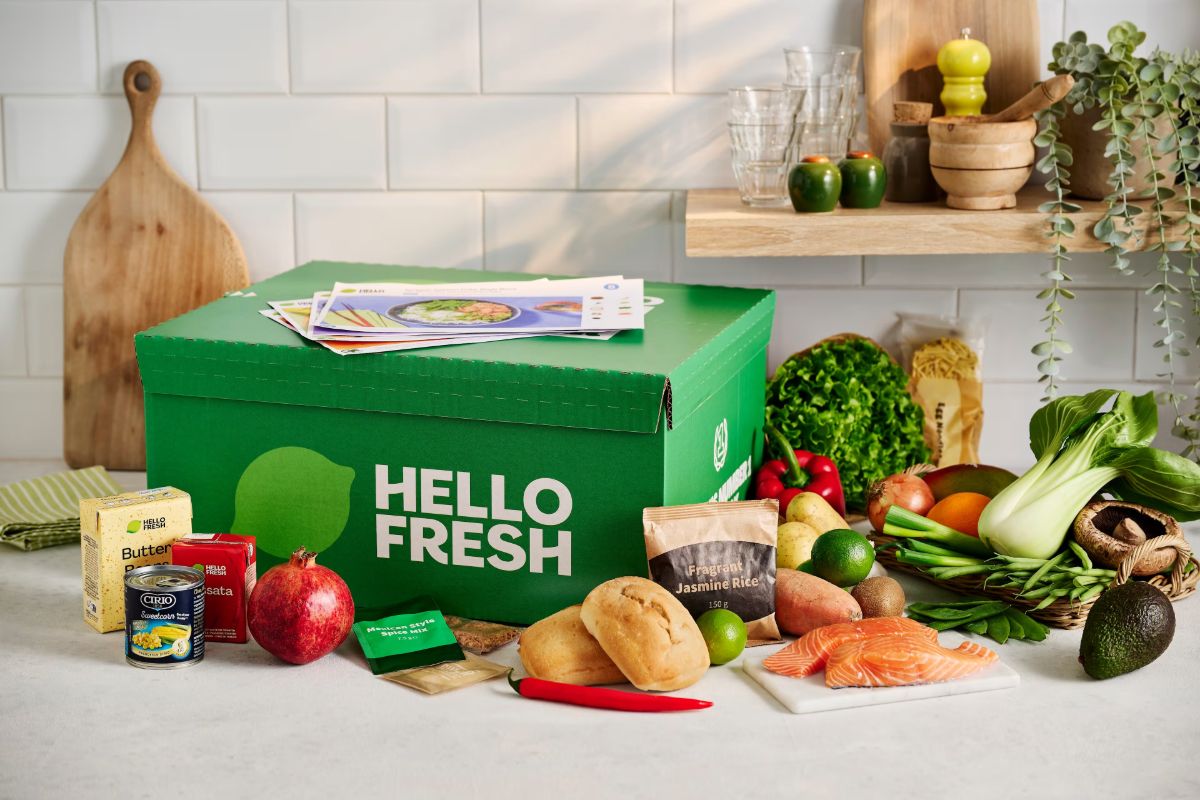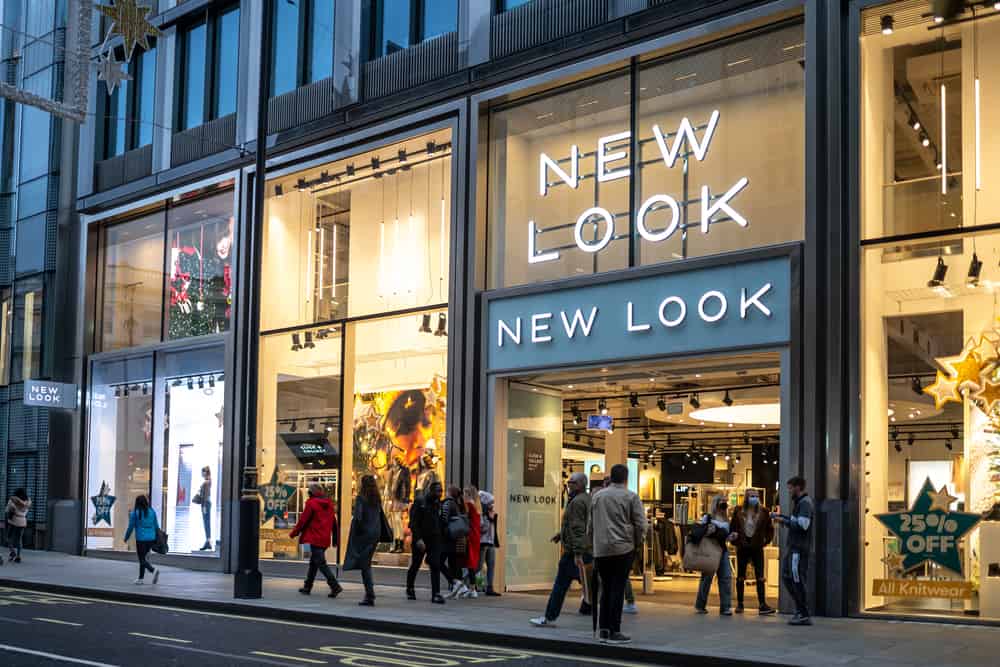Connecting people
Once upon a time, retailers knew little about their customers beyond basic customer profiling. No longer. Today, retailers that engage with customers gain loyalty alongside valuable, actionable insights
What exactly is brand engagement? For the purposes of IREU, it describes how retailers communicate with customers, whether that’s in public or private. What’s changed most recently is just how many ways of engaging there are now. Almost too many, in some respects.
Not that long ago, phone and email held sway but nowadays, the list is long. It boils down to having conversations wherever and whenever it suits the consumers. It also means doing it well at every step, not just putting the right foot forward but also learning and harnessing genuinely useful insights in order to drive iterative improvement.
What the Top500 do
Among Top500 IREU retailers, it’s fair to say that the question of how best to engage customers has become more complicated in the past year. Trust in social channels has taken a knock, due to Facebook’s very public shaming about its data handling. The mistrust this has fostered is most likely behind a decline in visible social media integration on the product page of retailers. There’s been a nine percentage point (pp) drop (to 28%) in the number of Top500 retailers integrating friends’ Likes into product pages, for example, which requires the shopper to be logged in to the social network while on the retailer’s website. If consumers are less trusting of social media companies and their tracking, it makes sense that retailers might quickly drop these integrations to please customers.
The tie-in with social is also probably weakening because of the maturing of social commerce. This makes social media networks look more and more like direct competitors to retailers. Some are already functioning marketplaces, seamlessly integrating advertising and purchasing with whatever else draws their users to the network in the first place. So retailers are understandably getting more wary.
Having said all this, let’s also acknowledge that our partner BuiltWith records that 459 of the Top500 retailers use a Facebook software development kit on their websites that can enable both embedded sharing and login – it just isn’t as visible as it was before. And the capability to ‘Like/love’ on your social media feed via the retailer’s product display page has only dropped by 5pp, being used now by 15% of retailers. So the social media moves will not all be one-way traffic – or all negative.
In terms of trends, the year didn’t record too many striking year-on-year changes, though we would also argue that some metrics stood out precisely for their lack of progress. One was in the use of public customer feedback, with product reviews making next to no ground in 12 months – 50% incorporate this sort of publicly-visible feedback on product display pages this year, compared to 49% a year ago.
The email question
How does email marketing work best for retailers? If social matters, the essentials of good direct marketing still count for a lot. RetailX worked with knowledge partner Return Path to track hundreds of thousands of emails from Top500 companies to consumers in France, Germany and the UK. Return Path’s Dan Stone said the Q1 data for the UK, France and Germany revealed:
-Each day of the week performs similarly
-The fourth week of the month saw the highest number of subscribers. Retail brands perhaps send more emails to coincide with consumer paydays
-Short subject lines saw the best read rates and the lowest mailbox filtering
-Short subject lines also saw the highest rate of customer retrieval from spam
-If subject lines included a discount, it’s more than likely it would be for more than 50%
-Discounts are mostly mentioned near the start of subject lines so they can be clearly viewed on mobile devices
What the leaders do
Among our Leading retailers, IKEA is one that has taken a different but successful tack with engagement. The retailer has made a virtue of delivering a customer experience with added ‘friction’ on the basis that this plays a part in producing memorable and rewarding experiences, as well as customer loyalty.
What kind of friction are we talking about? Building its flat-pack furniture, navigating its stores, finding stock and sorting out delivery are just some examples. There’s also the question of engagement. When IKEA shows off a 350-sq ft home in all its space-saving glory, it gets customers thinking. That’s part of its brand engagement, too.
Slightly further down the list but still prominent, Tesco has driven an engagement agenda that looks different to IKEA’s but is similarly bold. The UK supermarket chain has been at the forefront of customer engagement ever since it launched its loyalty scheme with the Clubcard in 1995, and today it has 10m active households. It is now among a minority giving shoppers a contactless scan for their loyalty cards. In customer terms, the retailer also rates for personalisation and ranks well for responding quickly to customers’ Facebook queries. For these reasons, it has registered the largest improvement among grocery stores in its net promoter score.
How the markets vary
Across all markets, the statistics show that the proportion of retailers requiring customers to register with them before checkout hardly moved. But if you look at the country-by-country statistics, the story is more nuanced. In Denmark and Belgium, this requirement was adopted by about a fifth more retailers in the past year, to climb about 50% market adoption in both cases. In Bulgaria and Hungary, the requirement dropped substantially in both markets – by 12pp to 22% in Bulgaria, for example.
The static picture in terms of product reviews across the EU and Switzerland is also not quite the whole story. In two countries, the percentage-point increase was in double figures in Finland (up 15pp to 59%) and the Czech Republic (up 10pp to 54%).




